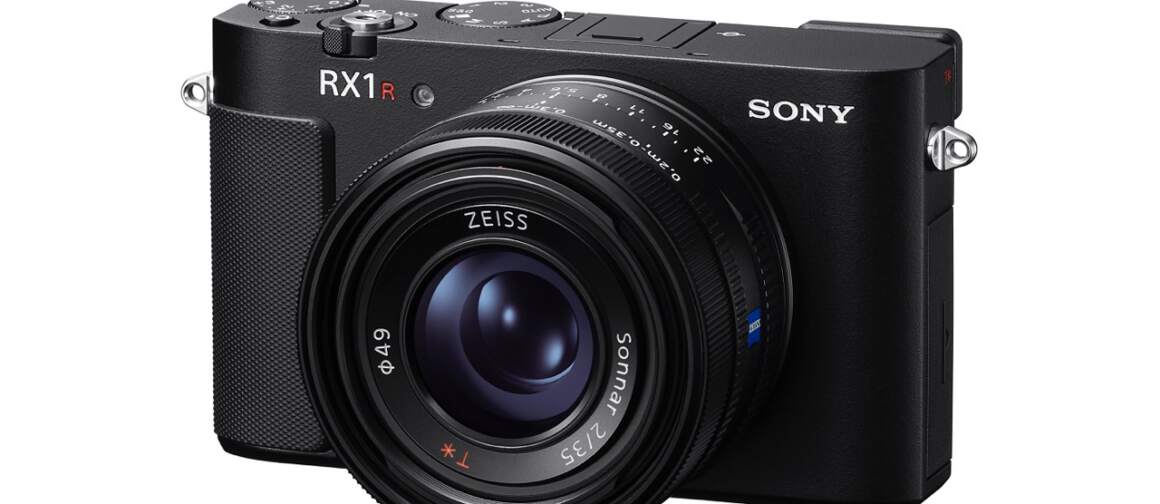
Sony RX1R III Review. My editor at Imaging Resource delivers a candid verdict. After a decade of anticipation, the Sony RX1R III fails to meet his expectations. While the 61-MP sensor boasts exceptional resolution and offers cropping versatility, the absence of in‑body image stabilization (IBIS) undermines its practicality, especially in low‑light or handheld scenarios.
According to David Schloss, Sony’s decision to reuse the same Zeiss 35mm f/2 lens from the RX1R II adds to the disappointment. Despite the commendable sharpness at the center, the optics, from ten years ago, lag in modern performance, particularly when wide open.
Preorder the RX1R III from B&H today for $5k.
Ergonomic and usability improvements are equally underwhelming. The fixed rear display—especially puzzling given that the RX1R II offered a tilting screen—greatly limits flexibility in shooting angles.
Battery life, while improved, remains insufficient for extensive use, and the pricing raises eyebrows. At $5,000, the RX1R III costs more than the a7CR, a mirrorless alternative that delivers the same sensor performance along with added flexibility with interchangeable lenses and IBIS.
Despite these criticisms, the camera still shines in key areas: its compact form, premium sensor, and notably enhanced autofocus—now equipped with advanced AI‑based subject tracking—offer tangible upgrades over its predecessor.
Bottom line: The RX1R III delivers superb image quality and elite autofocus in a remarkably compact body, but lacks meaningful modern upgrades like IBIS, a new lens, or a tilting screen. In short, it feels more like an expensive nostalgia piece than the revolutionary camera many hoped for. For some context, I’ve been shooting with the previous version for 10 years.
…My daily shooter is Sony A1 with a vertical grip and various Sony lenses attached like the FE 20mm F1.8. Find more gear recommendations in our shop. As an Amazon Associate I earn from qualifying purchases.
